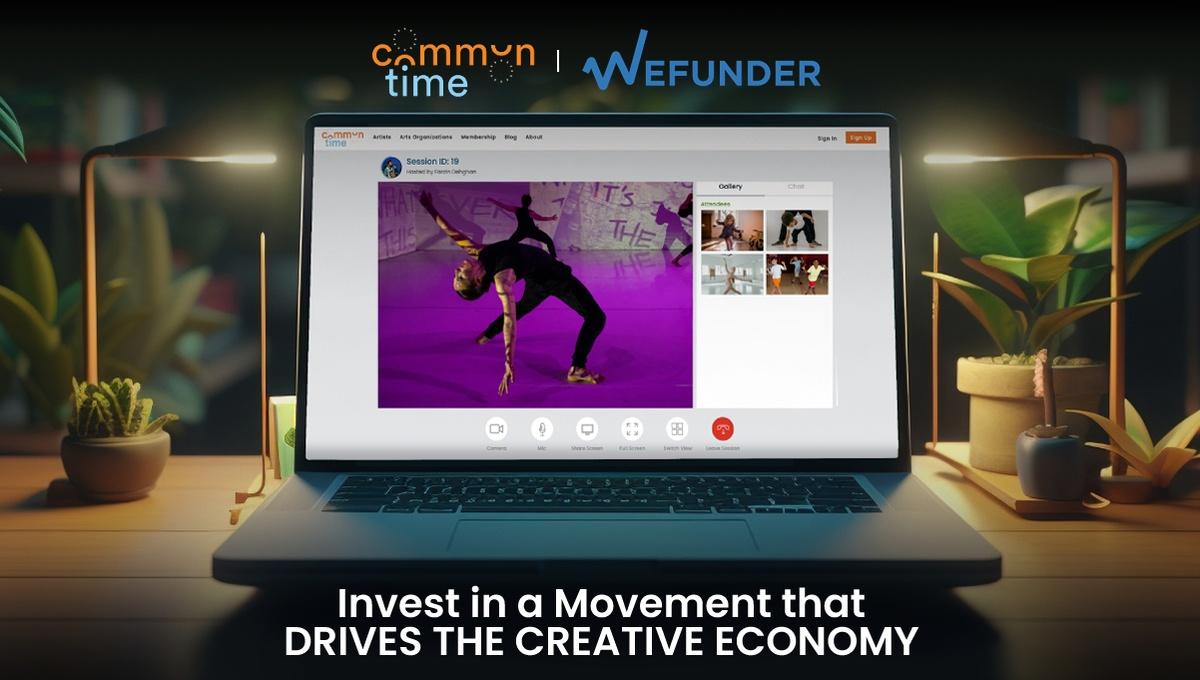Investing in a movement that drives the creative economy can be a rewarding endeavor, both from a financial and societal perspective. The creative economy encompasses a wide range of industries, including art, design, music, film, fashion, and more. Here are some steps and considerations for investing in such a movement: Educate Yourself: Start by gaining a deep understanding of the creative economy, its subsectors, and the key players within them. Learn about current trends, challenges, and opportunities in creative industries. Identify Your Interests: Determine which aspects of the creative economy align with your interests and values. Are you passionate about supporting artists, promoting sustainable fashion, or fostering innovation in media and entertainment? Your personal interests can guide your investment choices. Connect with Creative Communities: Engage with creative professionals and communities to better understand their needs and aspirations. Attend industry events, workshops, and conferences to network with individuals and organizations driving innovation in the creative sectors. Investment Vehicles: a. Venture Capital: Consider investing in startups that are disrupting the creative industry. Look for companies leveraging technology, data analytics, or new business models to enhance creativity or reach wider audiences. b. Private Equity: Invest in more established creative businesses seeking growth or transformation. This might include production companies, design studios, or fashion brands. c. Crowdfunding and Platforms: Explore crowdfunding platforms or investment marketplaces focused on creative projects. These platforms often offer opportunities to support artists and creators directly. d. Art and Collectibles: Invest in art and collectibles, which can appreciate in value over time. This can be a way to support artists and the art market. e. Impact Investing: Consider impact investing in creative ventures that prioritize sustainability, diversity, and social responsibility. These investments can have a positive impact on both the economy and society. Diversify Your Portfolio: As with any investment strategy, diversification is key to managing risk. Avoid putting all your resources into a single creative project or company. Spread your investments across different sectors and stages of development. Due Diligence: Conduct thorough due diligence before making any investments. Analyze the financial health, management team, competitive positioning, and growth potential of the companies or projects you are considering. Long-Term Perspective: Be prepared for the creative economy to have its ups and downs. Creative industries can be influenced by cultural trends, economic conditions, and technological changes. Having a long-term perspective can help you ride out fluctuations. Support and Mentorship: Beyond financial investment, consider offering your expertise or mentorship to creative entrepreneurs and professionals. Your knowledge and guidance can be invaluable to their success. Stay Informed: Continuously monitor the creative economy and adapt your investment strategy as needed. Keep abreast of industry developments, regulatory changes, and emerging opportunities. Measure Impact: Consider how your investments contribute to the growth and sustainability of the creative economy. Evaluate the impact not only in financial terms but also in terms of the positive changes you are helping to bring about in creative industries. Investing in the creative economy can be both financially and personally rewarding, as it allows you to support innovation, artistic expression, and cultural development. However, it's important to approach such investments with care and diligence, just as you would with any other investment strategy.
Sponsored
Search
Sponsored
Categories
- Art
- Causes
- Crafts
- Dance
- Drinks
- Film
- Fitness
- Food
- Games
- Gardening
- Health
- Home
- Literature
- Music
- Networking
- Other
- Party
- Religion
- Shopping
- Sports
- Theater
- Wellness
Read More
C_THR85_2205 PDF Guide - 100% Marvelous Questions Pool
ExamcollectionPass You can modify settings of practice test in terms of C_THR85_2205 practice...
العطور: رحلة عبر الحواس في متجر صفاء الطيب للعطور
في عالم اليوم، حيث تعتبر الرائحة جزءاً لا يتجزأ من الهوية الشخصية، يبرز متجر صفاء الطيب للعطور...
Radiate Confidence with Pro Club Store's Bright Fashion Choices
In the Official Pro Club world of fashion, one thing stands out above all - confidence. The way...
Amniocentesis Needle Market, Revenue Growth, Key Factors, Major Companies, Forecast To 2027
Growing inclination for minimally-invasive procedures is one of the significant...
Hair Hygiene and Cosmetology Appliances Market Outlook and Forecast [2024-2031]
Global Tarpaulin Market (2024-2031) latest research report, analyses several areas such as...
Sponsored
